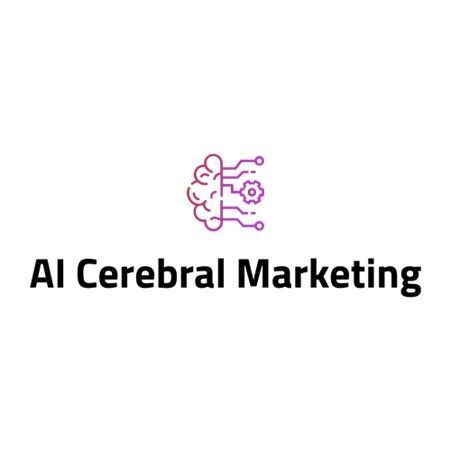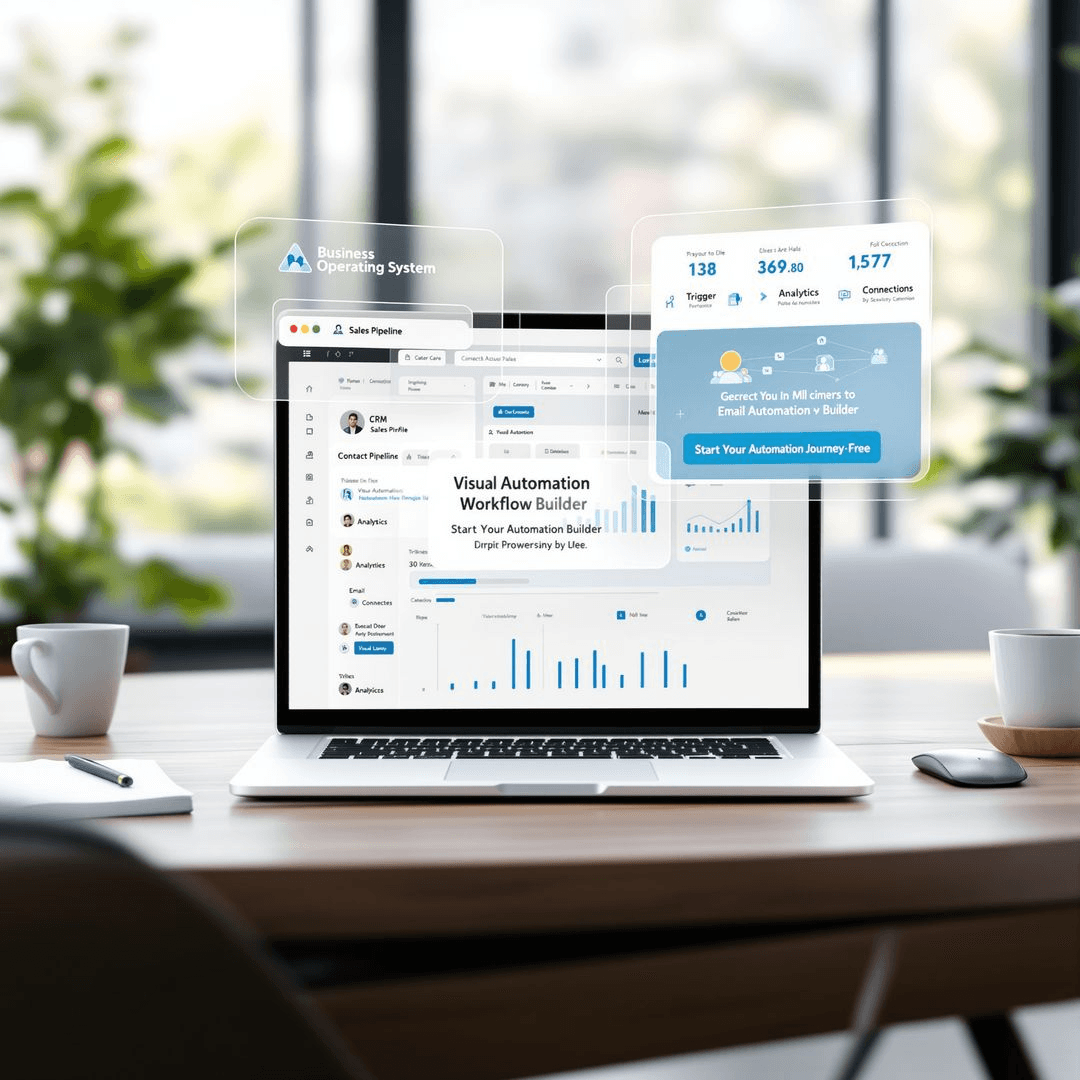Hyper-Local Autocomplete: Dominate Your Neighborhood Searches
Hyper-Local Autocomplete: Dominate Your Neighbourhood Searches

In the competitive landscape of local business, visibility is everything. As customers increasingly turn to their smartphones for immediate, location-based recommendations, a new frontier for local search engine optimization (SEO) has emerged: hyper-local autocomplete. This powerful feature, often overlooked, can be the key to unlocking a stream of nearby customers actively searching for your products or services. This article delves into the strategies that can help your business dominate neighbourhood searches and capture these valuable leads.
The Power of Hyper-Local Autocomplete
Hyper-local autocomplete refers to the search predictions that appear in the search bar as a user types a query with local intent. These predictions are tailored to the user's specific neighbourhood, and even their street, providing a shortcut to relevant local businesses. With over 23% of searchers clicking on autocomplete suggestions rather than finishing their query, appearing in these predictions is a significant advantage [4].
For local businesses, this means getting in front of customers at the exact moment they are expressing a need. A user typing "pizza near..." might see "pizza near [Your Neighbourhood]" or even "[Your Business Name]" appear as a suggestion. This immediate visibility can drive significant traffic and conversions.
Understanding Google's Autocomplete Algorithm
Google's autocomplete algorithm is designed to predict a user's search query based on a variety of factors. While the exact workings are complex, Google has revealed several key signals that influence autocomplete predictions [3]:
Signal
Description
Search Popularity
Common and trending searches related to the typed characters.
User's Location
The user's geographical location is a primary factor for local searches.
Search History
A user's past searches can influence the predictions they see.
Language Settings
The user's language and region settings also play a role.
For local businesses, the emphasis on the user's location is a critical opportunity. By signalling to Google that your business is relevant to a specific neighbourhood, you can increase your chances of appearing in hyper-local autocomplete suggestions.
Strategies for Dominating Neighbourhood Searches
To effectively leverage hyper-local autocomplete, businesses need to adopt a multi-faceted approach that combines on-page optimization, local content creation, and community engagement. Here are some of the most effective strategies:
1. Master Your Google Business Profile (GBP)
Your Google Business Profile is the cornerstone of your local SEO efforts. To optimize it for hyper-local search, you should:
• Include Neighbourhood Keywords: Naturally weave neighbourhood names and local landmarks into your business description. For example, instead of saying "We are a bakery in Chicago," specify "We are a family-owned bakery serving the Logan Square and Wicker Park neighbourhoods."
• Post Neighbourhood-Specific Updates: Use GBP posts to highlight your involvement in the local community. Announce your participation in local events, share news about neighbourhood happenings, or offer specials for local residents.
• Encourage Geo-Tagged Reviews: Ask your customers to mention the neighbourhood or specific location in their reviews. This provides Google with strong signals about your business's local relevance.
2. The "Digital Handshake": Connecting with Your Community
The "digital handshake" is a term for building online visibility by connecting your business to existing entities in your community [1]. This involves:
• Entity Mapping: Identify the key landmarks, parks, schools, and community centres in your neighbourhood. These are the entities that Google already recognizes and values.
• Community Engagement: Sponsor a local sports team, partner with a nearby non-profit, or host a workshop for community members. These real-world connections translate into powerful online signals.
• Local Link Building: Collaborate with neighbourhood bloggers, get featured in local news outlets, and partner with other local businesses to earn valuable backlinks from websites that are already trusted by Google.
3. Create Hyper-Local Content
Content is still king, even in the world of local SEO. To attract a neighbourhood-specific audience, you need to create content that is highly relevant to their needs and interests. This can include:
• Neighbourhood-Specific Landing Pages: Create dedicated pages on your website for each neighbourhood you serve. These pages should include information about your services in that area, as well as details about the neighbourhood itself.
• Localized FAQ Pages: Answer common questions that people in your neighbourhood might have. For example, a plumber could create a page on "common plumbing issues in [Neighbourhood]'s historic homes."
• Blog Posts About Local Topics: Write blog posts about local events, news, and attractions. This not only attracts local traffic but also establishes your business as a valuable community resource.
4. Implement Local Business Schema
Schema markup is a type of code that you can add to your website to help search engines understand your content. By using Local Business schema, you can explicitly tell Google your business's address, phone number, hours of operation, and the areas you serve. This structured data makes it easier for Google to match your business with relevant local searches.
Measuring Your Success
To determine if your hyper-local SEO efforts are paying off, you need to track the right metrics. These include:
• Google Business Profile Insights: Monitor the number of impressions, clicks, and calls you receive from your GBP listing.
• Organic Traffic from Local Keywords: Use Google Analytics to track the amount of organic traffic you receive from searches that include neighbourhood-specific keywords.
• Map Pack Visibility: Track how often your business appears in the "map pack" (the top three local results on Google Maps) for your target keywords.
• Referral Traffic: Monitor the amount of traffic you receive from local blogs, news sites, and other community websites.
By focusing on these strategies and consistently engaging with your local community, you can significantly improve your visibility in hyper-local autocomplete suggestions and dominate your neighbourhood searches. This will not only drive more traffic to your website but also attract a steady stream of qualified, local customers who are ready to do business with you.
References
[1] Forbes: Your Community Is Your Best Local SEO Strategy: The Power Of Hyperlocal Entities
[2] Digital Success: Hyper-Local SEO: Targeting Neighborhoods for Maximum Impact in 2025
[3] Google Blog: How Google autocomplete works in Search










